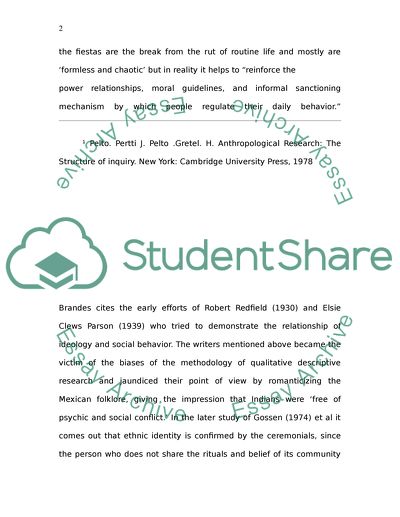Cite this document
(Fiesta and Social Control in Rural Mexico Literature review, n.d.)
Fiesta and Social Control in Rural Mexico Literature review. https://studentshare.org/culture/1515830-fiesta-and-social-control-in-rural-mexico
Fiesta and Social Control in Rural Mexico Literature review. https://studentshare.org/culture/1515830-fiesta-and-social-control-in-rural-mexico
(Fiesta and Social Control in Rural Mexico Literature Review)
Fiesta and Social Control in Rural Mexico Literature Review. https://studentshare.org/culture/1515830-fiesta-and-social-control-in-rural-mexico.
Fiesta and Social Control in Rural Mexico Literature Review. https://studentshare.org/culture/1515830-fiesta-and-social-control-in-rural-mexico.
“Fiesta and Social Control in Rural Mexico Literature Review”. https://studentshare.org/culture/1515830-fiesta-and-social-control-in-rural-mexico.


